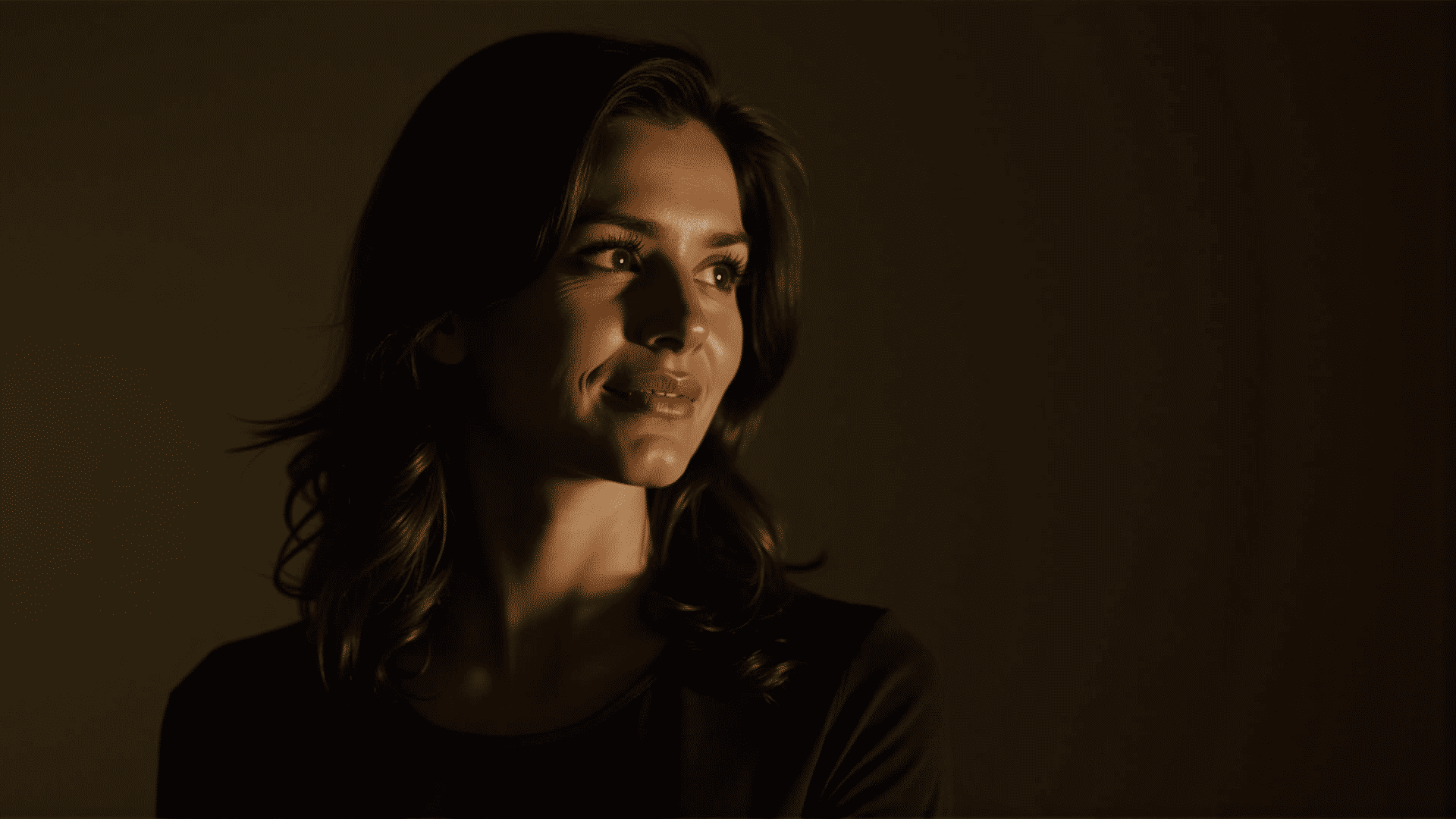Creating portraits that resonate with viewers involves more than merely capturing a subject's likeness; it requires delving into the deeper layers of emotion and narrative that can be expressed through a photograph. Portraits that tell a story transcend the ordinary and challenge both the photographer and the viewer to engage on a more profound level. Here’s how you can create such powerful images that move beyond simple depictions to become evocative visual tales.
Understanding Your Subject
The journey to compelling portraiture begins with understanding your subject. Engage in conversation to learn their stories, dreams, and emotions. What are their passions or struggles? What moments defined them? This insight becomes the foundation of your portrait, where every detail—from the set location to lighting—serves to highlight aspects of their story.
Setting the Scene
The backdrop of a portrait often tells as much of the story as the subject themselves. The setting should complement and reflect the narrative you wish to convey. Consider the elements within the frame: urban environments can speak to a life filled with movement and modern challenges, while natural landscapes might resonate with themes of tranquility or growth. Even the textures and colors in the background can add subtext to the story, enhancing the emotional depth of the portrait.
Lighting and Mood
Lighting is a pivotal tool in expressing emotion. Soft, diffused light can evoke a sense of calm or nostalgia, while harsh, directional lighting might suggest drama or urgency. Experiment with different lighting setups to find the one that aligns with the mood of the story you are endeavoring to tell. Shadows can add intrigue, while highlights can accentuate certain features or emotions.
Capturing Emotion
For a portrait to tell a compelling story, it must encapsulate genuine emotion. Encourage your subjects to relax and be themselves, creating a comfortable environment in which they feel free to express their true selves. Catching moments of authenticity—whether it's a fleeting glance, a subtle smile, or a contemplative gaze—is crucial. Such moments often speak volumes about the inner life of the subject, inviting viewers into their world.
Expressive Poses and Composition
The pose of your subject communicates just as much as their facial expression. A slouched pose can suggest weariness or defeat, whereas a straight, shoulders-back stance might convey confidence and determination. Furthermore, composition plays a crucial role in storytelling. Framing the subject off-center can introduce tension or anticipation, while a symmetrical composition might suggest balance or harmony.
Incorporating Symbols and Metaphors
Adding symbolic elements into a portrait can deepen its narrative. Objects meaningful to the subject—be it a musical instrument, a book, or a family heirloom—can offer insights into who they are and hint at their life stories. Such metaphors can add layers to the portrait, encouraging viewers to look deeper and think more critically about what they see.
Post-Processing for Narrative Enhancement
Editing is where the final touches of storytelling magic happen. Whether it's enhancing colors to evoke a particular mood or adding grain for a vintage feel, post-processing can amplify the narrative aspects of a portrait. Always aim to enhance, not overwhelm, ensuring that the story and emotion remain at the forefront.
Conclusion
To create portraits that eloquently tell a story, a photographer must blend technical skill with empathy and creativity. It's about connecting with your subject, being attuned to the nuances of their personality, and translating that understanding into a captivating visual narrative. With thoughtful composition, intentional use of environment, and a focus on authentic emotion, you can craft portraits that not only capture the eye but also engage the heart and the mind, leaving a lasting impact on those who see them.
